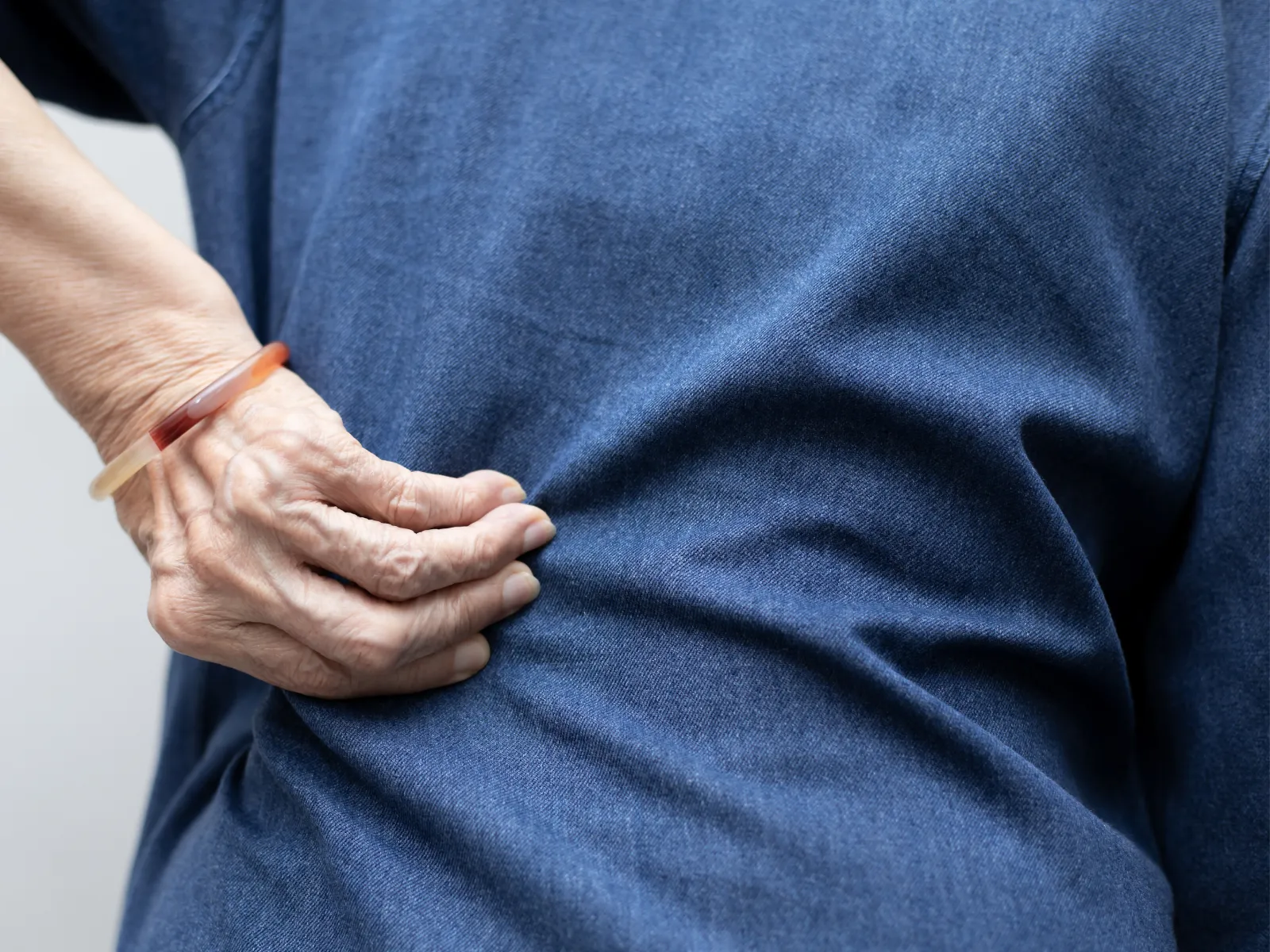How Physical Therapy Can Help a Herniated Disc?
It's time to celebrate National Physical Therapy Month!
Most Americans have worked with a physical therapist at some point in their life. Whether it is because of illness, injury, or chronic conditions, physical therapy helps patients gain mobility and strength.
Wondering if physical therapy is a good option for a herniated disc? Then continue to read about why it may be the right choice for you.
What is a herniated disc?
A herniated disc is a common spinal condition where the gel-like inner portion protrudes through a torn portion of the outer disc layer. A herniated disc can happen in the cervical, thoracic, or lower lumbar region of the spine.
Herniated discs can be very painful and make it difficult to do daily life activities.
Fortunately, physical therapy can help you recover from a herniated disc. It can help with pain relief and teach you how to prevent further injury.
What are some Common Active Physical Therapy Techniques?
Your physical therapist will work with you to develop a personalized exercise program to increase strength, improve flexibility, and help with mobility. The exercises taught can be practiced at home or in the office to promote healing while reducing pain.
Exercises usually focus on core stability, muscle strength, and flexibility.
Core Stability
Core strength is essential for spinal health. Core muscles support the spine and, when weak, can put extra pressure on the back muscles. Physical therapists teach core stabilizing exercises that will strengthen the back muscles.
Flexibility
Your physical therapist will teach you stretching techniques that will increase flexibility in your back. These exercises are of benefit as they improve mobility.
Strength
Strong back muscles are essential in supporting the spine. By learning proper strengthening exercises and practicing at home, you can help to reduce pain and injury to the back in the future.
What are some Common Passive Physical Therapy Techniques?
In addition to exercise, physical therapists use passive techniques to help improve pain and mobility. These can be a vital adjunct to getting the best outcome possible in relieving herniated disc symptoms.
Deep Tissue Massage
A deep tissue massage is ideal because of the deep pressure which can help relieve tension and spasms. This can help improve motion in the muscles surrounding the herniated disc.
Hydrotherapy
Hydrotherapy can be a helpful, passive treatment method. It may involve sitting in a whirlpool or warm bath, which helps to relieve pain while relaxing the muscle.
Hot and Cold Therapy
Both hot and cold therapies are helpful and are regularly used in physical therapy. Often physical therapists rotate between hot and cold treatments.
Heat therapy is helpful as it improves blood circulation around the herniated disc. This brings blood to the site and oxygen and nutrients to help with pain and motion. Blood also helps to remove waste products caused by muscle spasms.
On the other hand, cold therapy slows circulation to the area. This can help reduce inflammation and spasms and helps with pain. Cold treatments can include ice packs, ice massage, or fluoromethane spray, which cools inflamed tissue.
TENS Unit
Tens units use electrical currents that stimulate the muscles. Electrodes are placed on the skin around the area you are experiencing pain, sending a tiny current to the site along the nerve pathways. They help to reduce muscle spasms and are through to release endorphins, which are the body's own natural pain killers.

Where Can I Find Additional Information on Physical Therapy and Reputable Spine Doctors?
If you require physical therapy or a spine doctor, then reach out to Pinnacle Orthopaedics. We have five convenient locations:
Visit us today!
The material contained on this site is for informational purposes only and DOES NOT CONSTITUTE THE PROVIDING OF MEDICAL ADVICE, and is not intended to be a substitute for independent professional medical judgment, advice, diagnosis, or treatment. Always seek the advice of your physician or other qualified healthcare providers with any questions or concerns you may have regarding your health.
